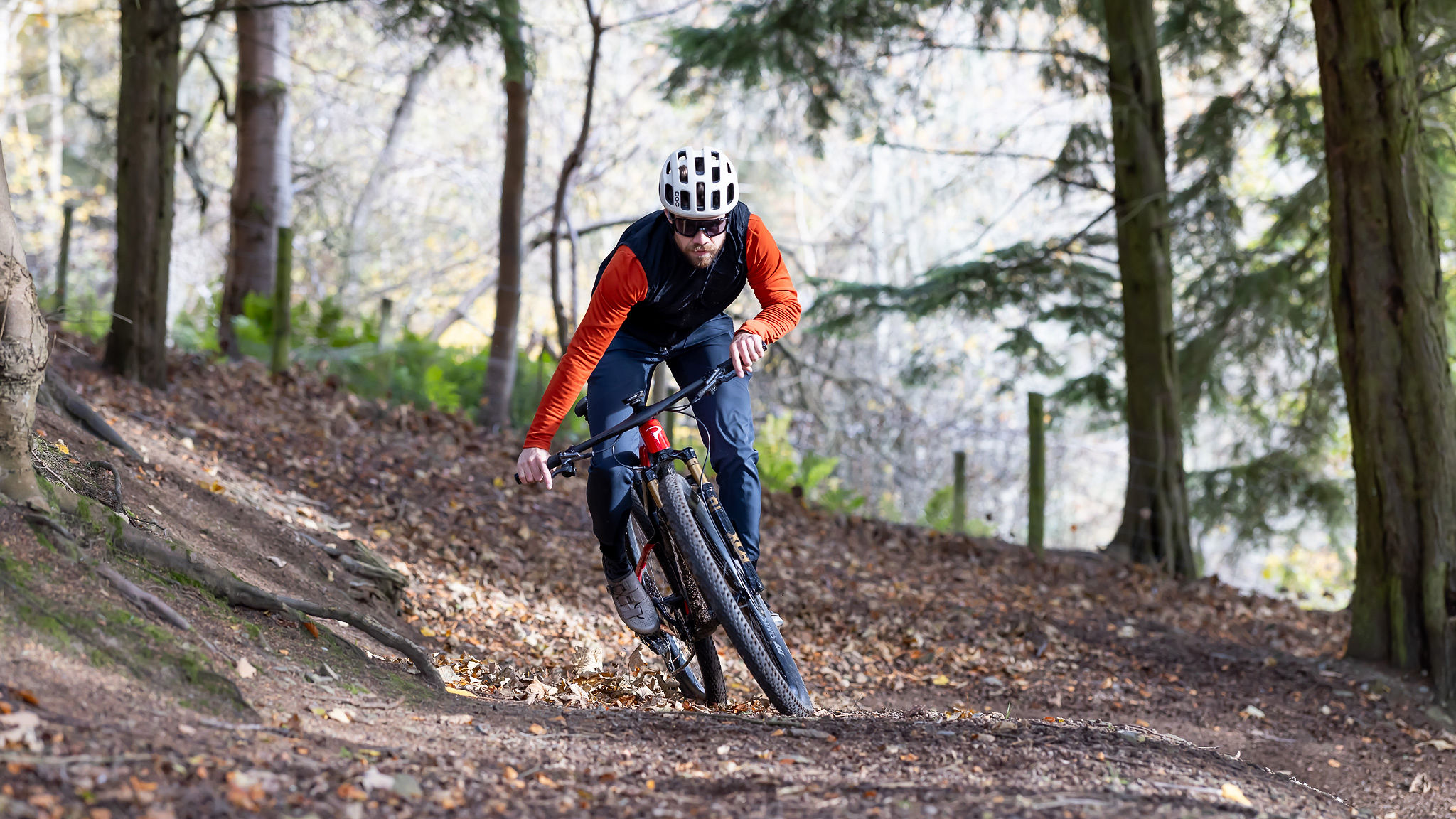Best mountain bike stems – top-rated stems to sharpen up your steering
We steer you in the right direction with our pick of the best mountain bike stems whatever your budget and biking style
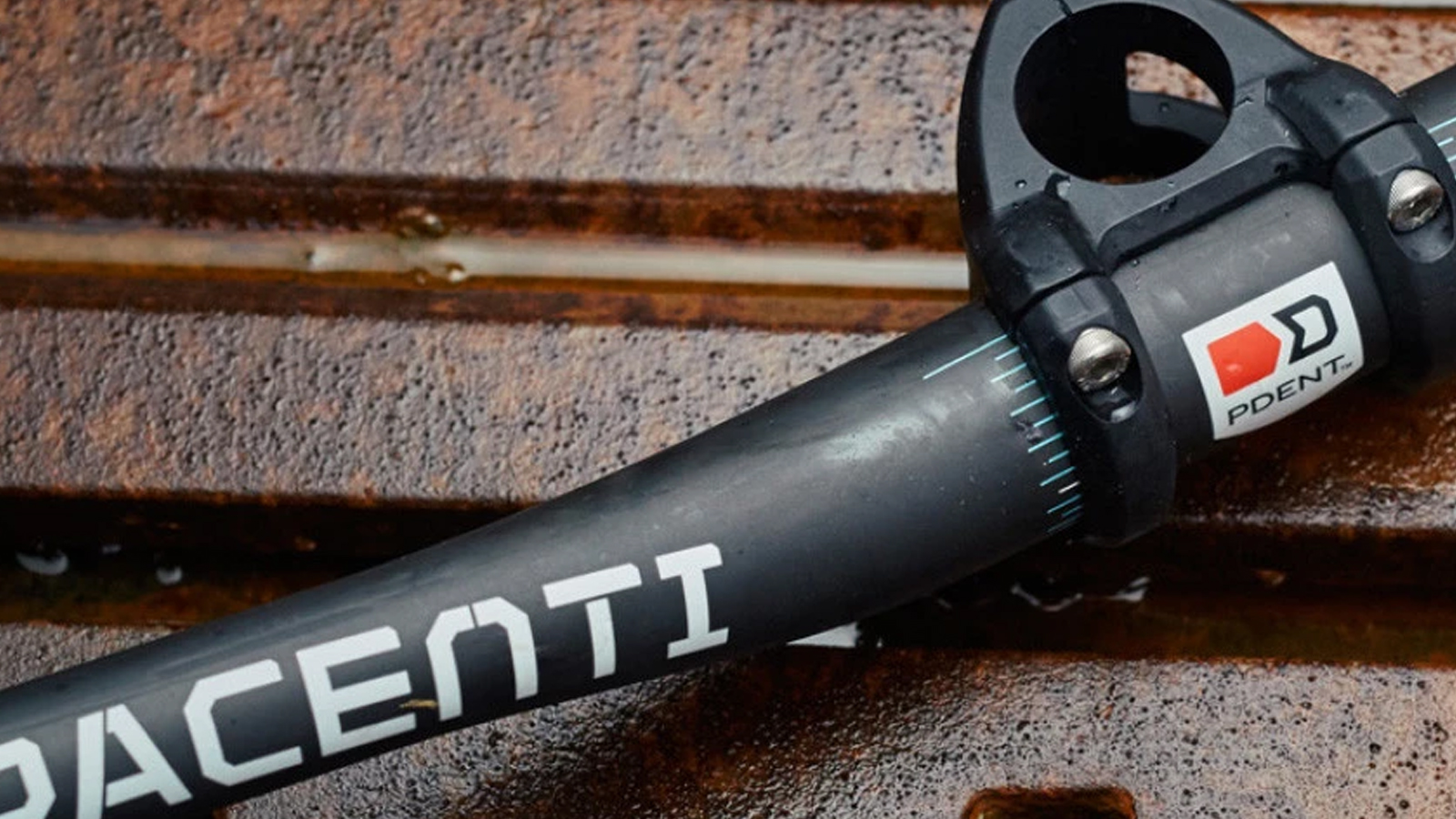
- Quick list
- 1. Best overall
- 2. Best value
- 3. Best for reliability
- 4. Best for stiffness
- 5. Best super-short
- 6. Best indestructible
- 7. Best super-short bar-stem combo
- 8. Best lightweight
- 9. Best innovative design
- 10. Best color range
- 11. Best one-piece bar and stem
- 12. Best for tool storage
- How to choose
- How we test
Every year bikes are getting longer, lower, and slacker, and as everything from the frame to suspension technology continues to evolve at the speed of light, for whatever reason the best mountain bike stems just don't seem to keep pace.
With that, we regularly advise readers of our bike tests to switch the existing stems for something shorter to speed up handling and increase featherlight accuracy. But what should you look for in the ideal upgrade stem and how much do you need to spend? We've rounded up a list of our favorite mountain bike stems, assessing their pros and cons, to help you choose. Our overall top pick is the Renthal Apex 35, and our great value choice is the Brand-X Enduro.
Of course, if you've snapped up a budget mountain bike, the stem may not be the only component you want to upgrade, so check out our guides to the best brakes, forks, handlebars, and grips too.
Read on for the rundown of our favorite stems, and if you're unsure of what to look for skip to the bottom of the page where we explain how to choose the best mountain bike stem for your riding.
Best mountain bike stems
Why trust BikePerfect
The quick list
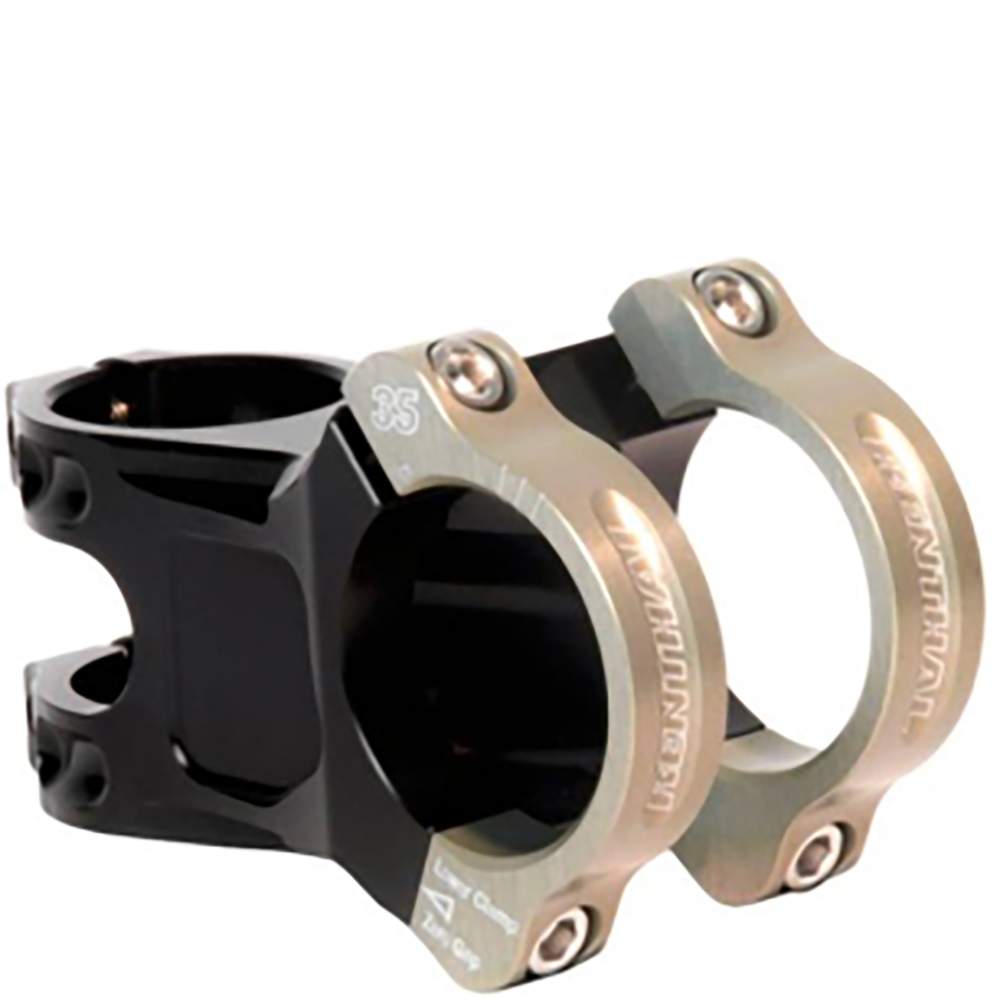
Best mountain bike stem overall
Extremely well-crafted, very lightweight, and with a unique faceplate clamping design that maximizes strength.
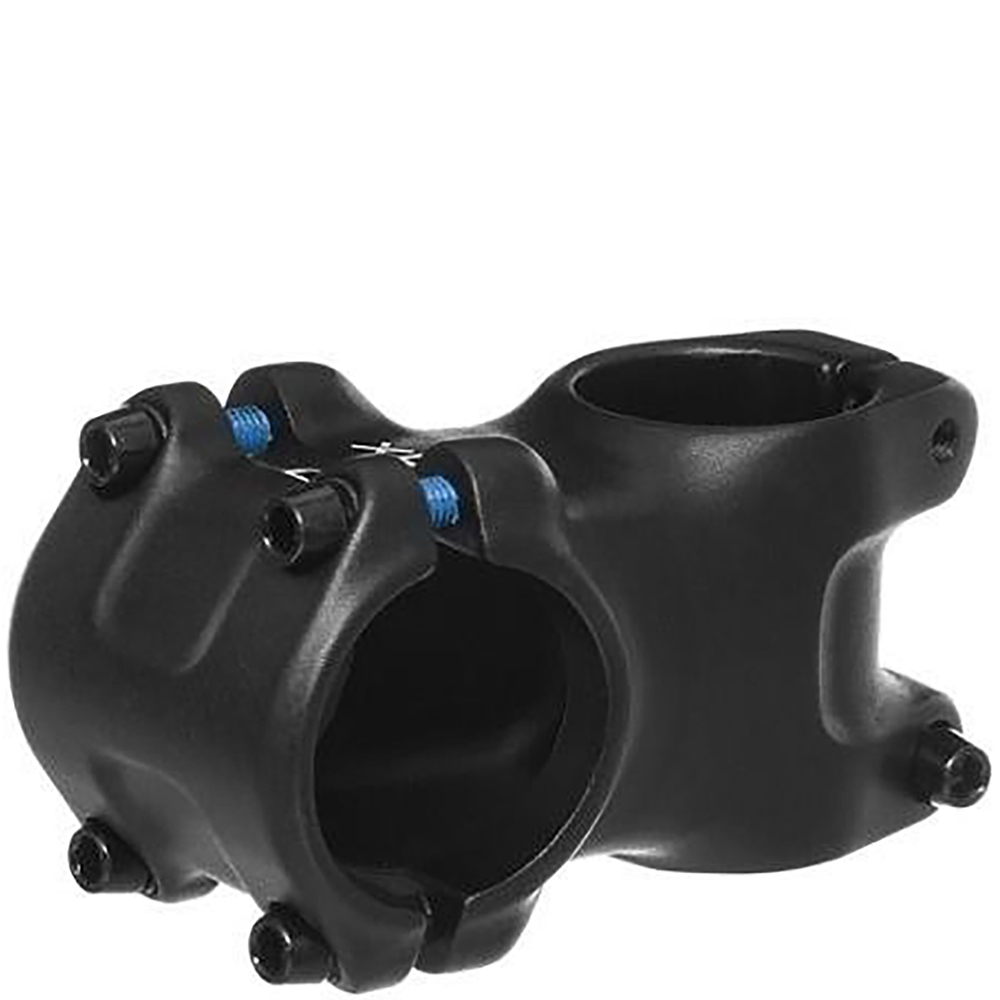
Best value mountain bike stem
Solid-feeling, surprisingly lightweight short length stem that's an absolute bargain.
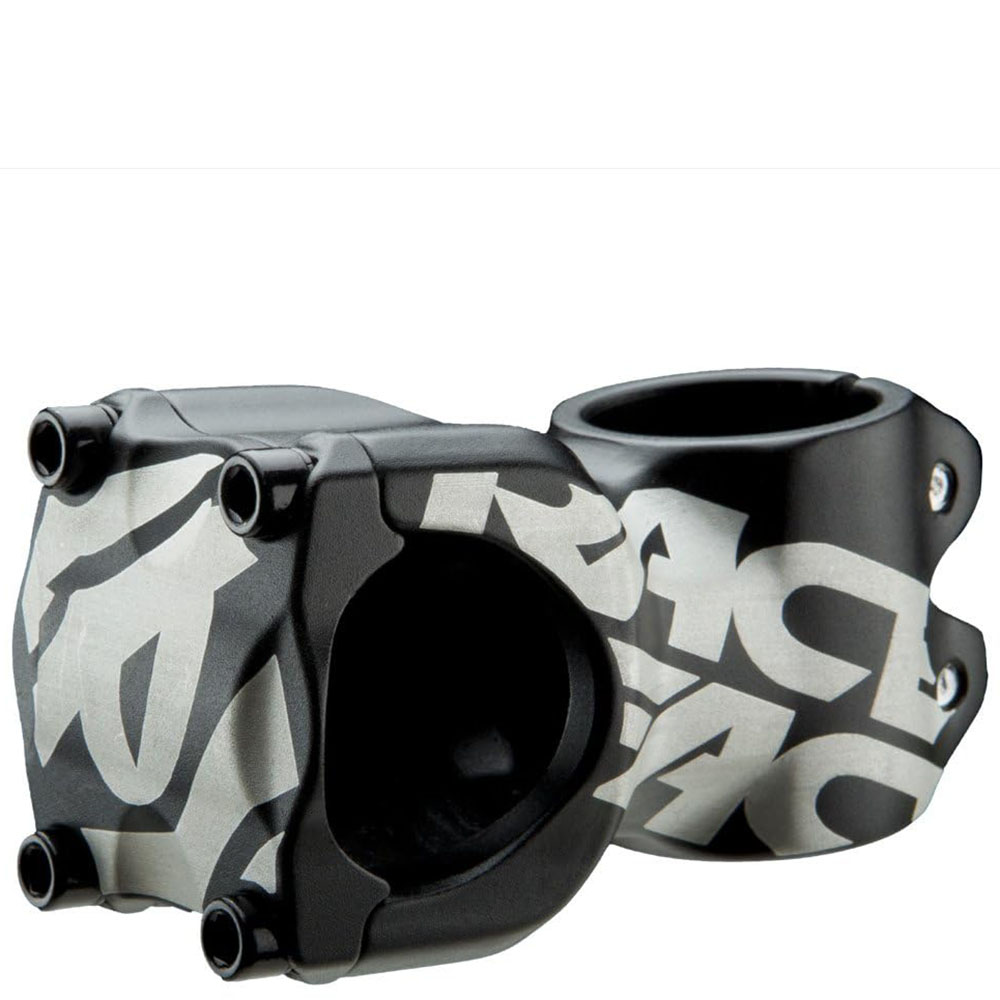
Best mountain bike stem for reliability
A fit and forget stem offering solidly reliable bar holding performance with strength to spare.
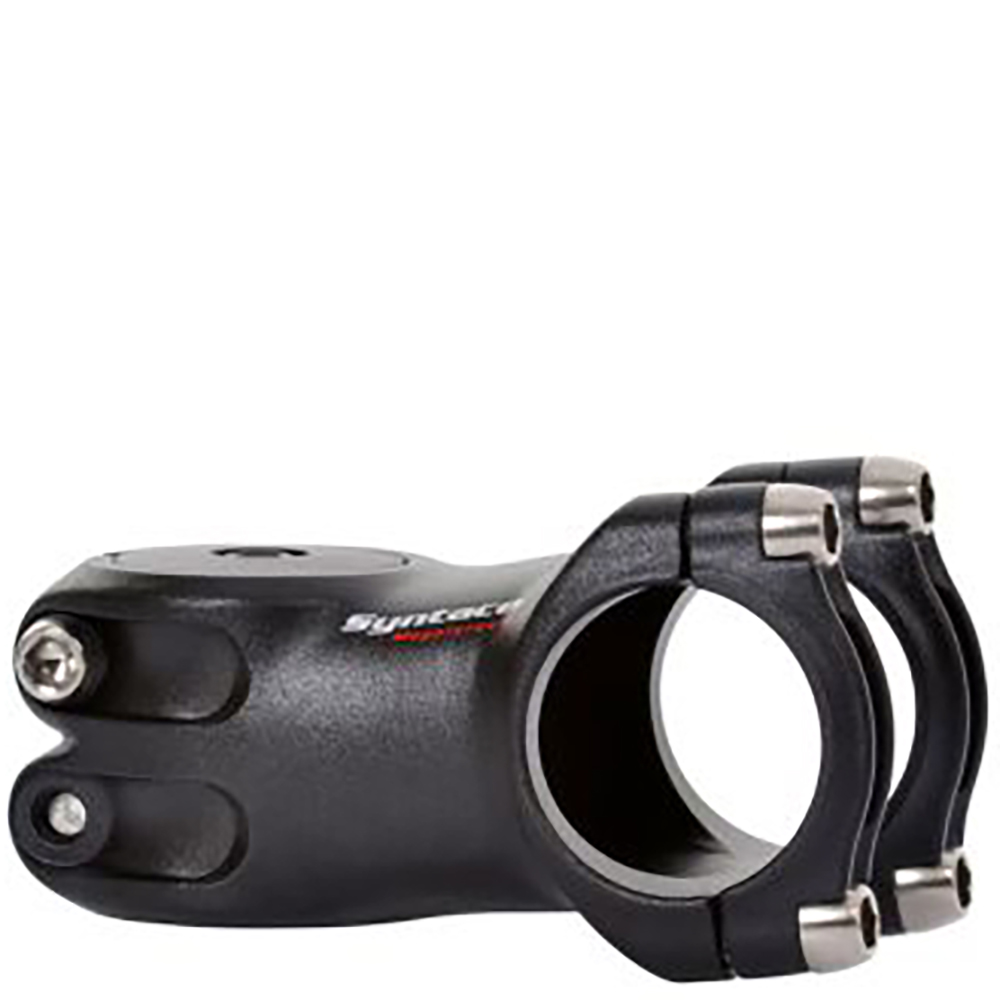
Best mountain bike stem for stiffness
An outstandingly stiff and precise stem that's super-light and quietens bar feel.
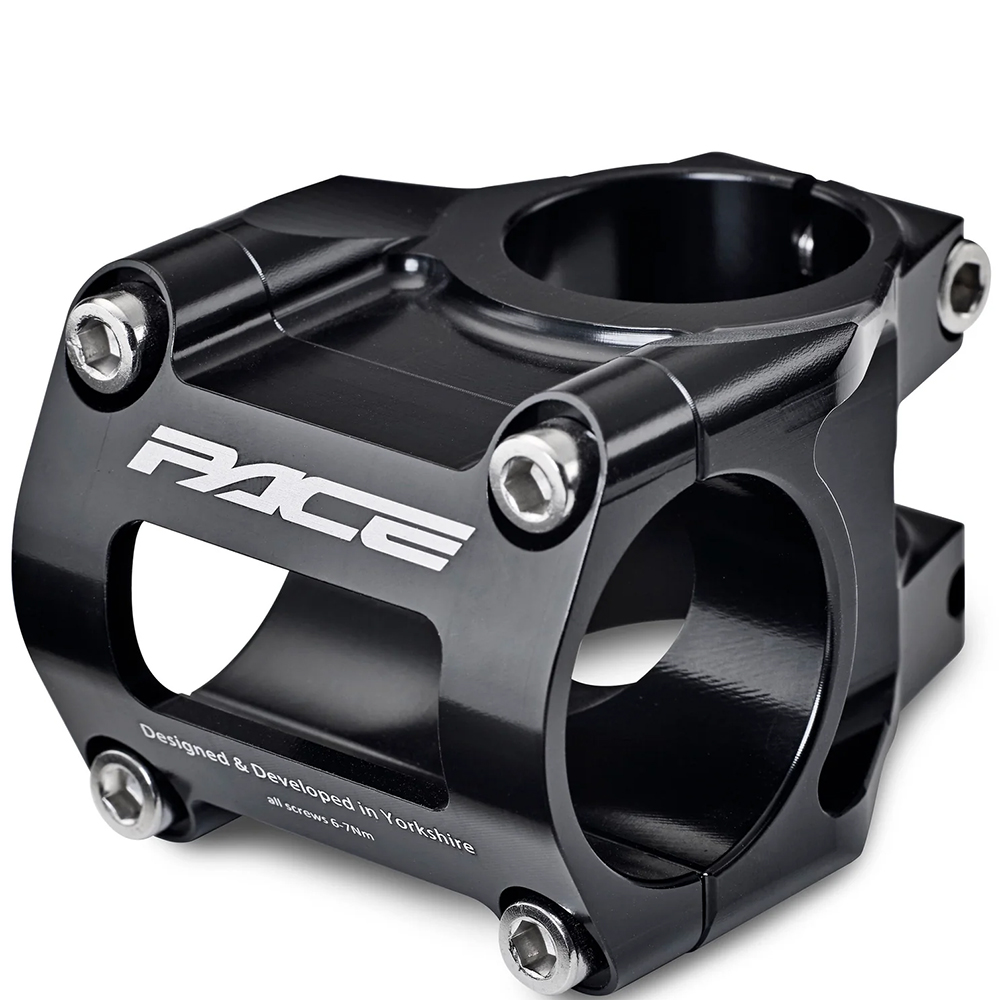
Best super-short mountain bike stem
Stiff and light with a 32mm length for immediate, lightweight handling.
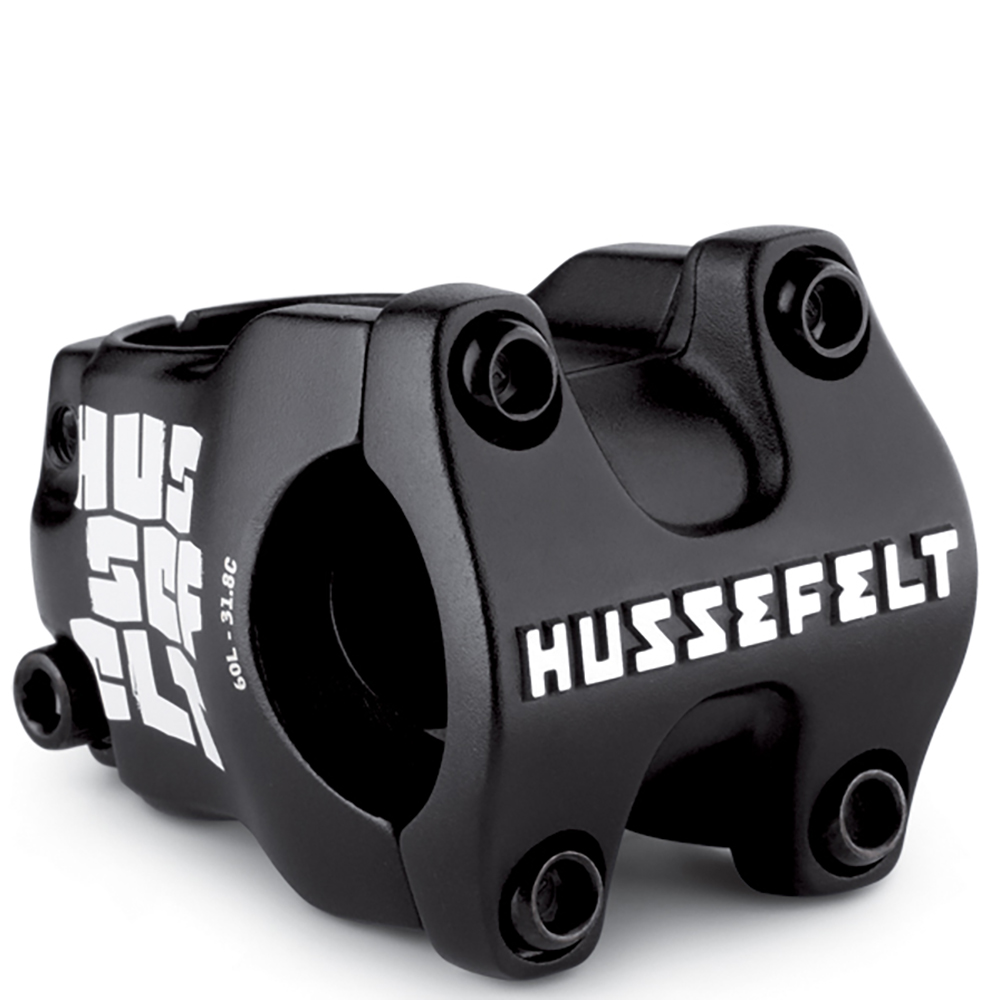
Best indestructible mountain bike stem
Offering rock solid, seismic-proof connection between your bars and your fork, in 40 and 60mm lengths.
See the next 6 stems ↓
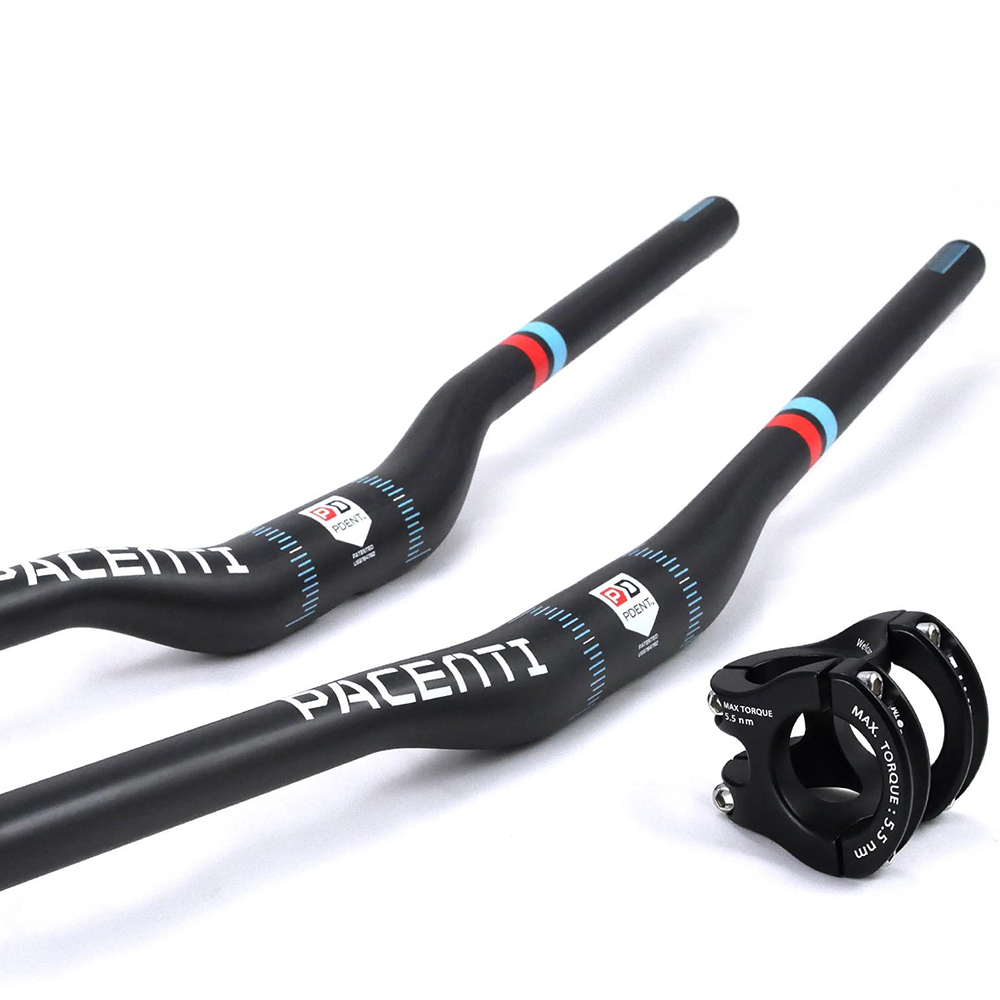
Best super-short stem-bar combo
Ultra short, ultra snappy bar and stem pairing that will liven up the handling of the dullest bikes.
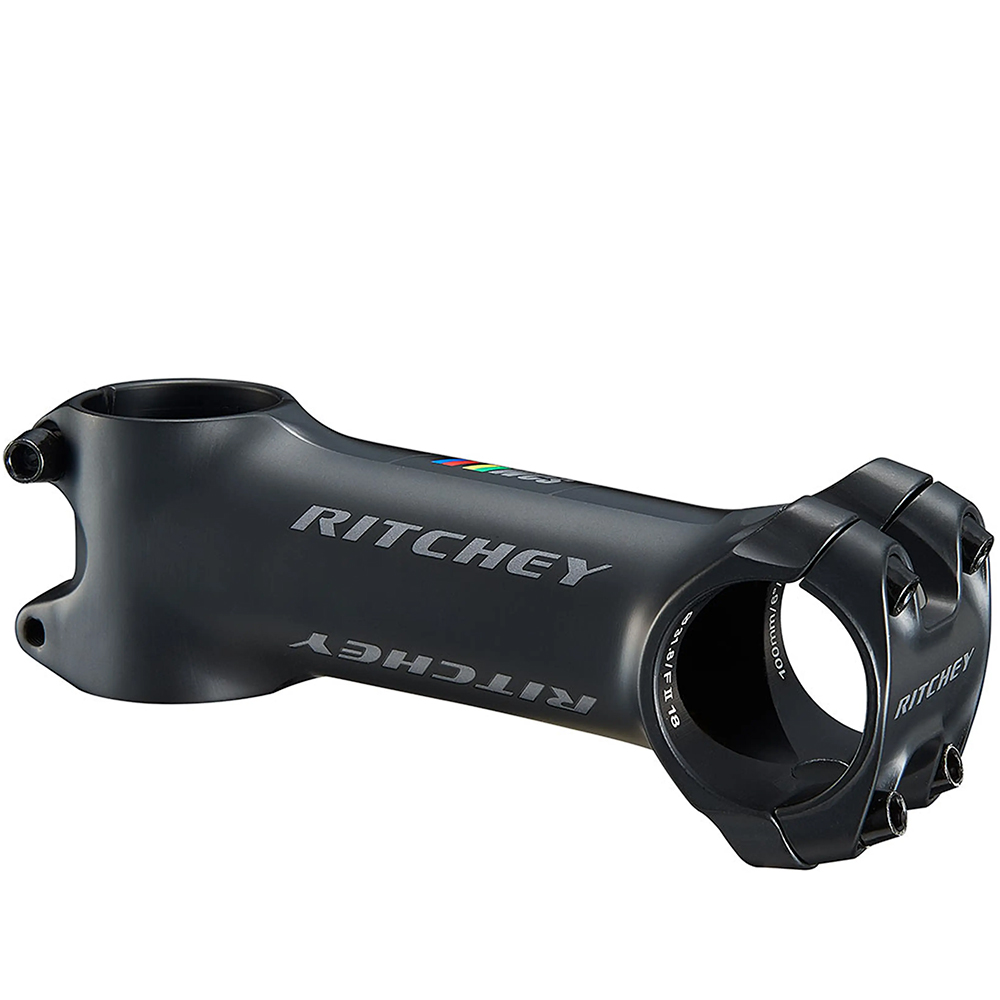
Best lightweight mountain bike stem
Feather-weight but trail-tough stem that comes in a wide range of sizes from 35mm upwards.
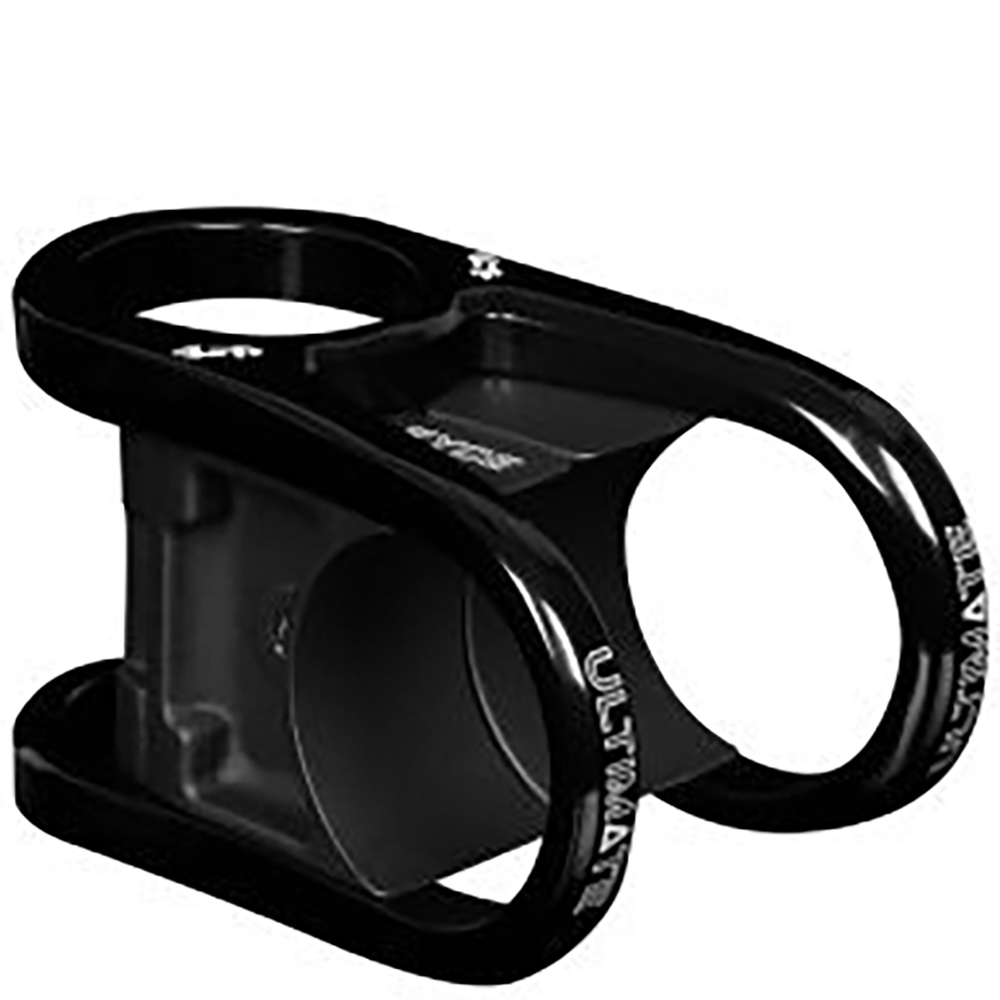
Best MTB stem with an innovative design
Impressively secure hold with a neat looking, knee-friendly 'strap and wedge' design.
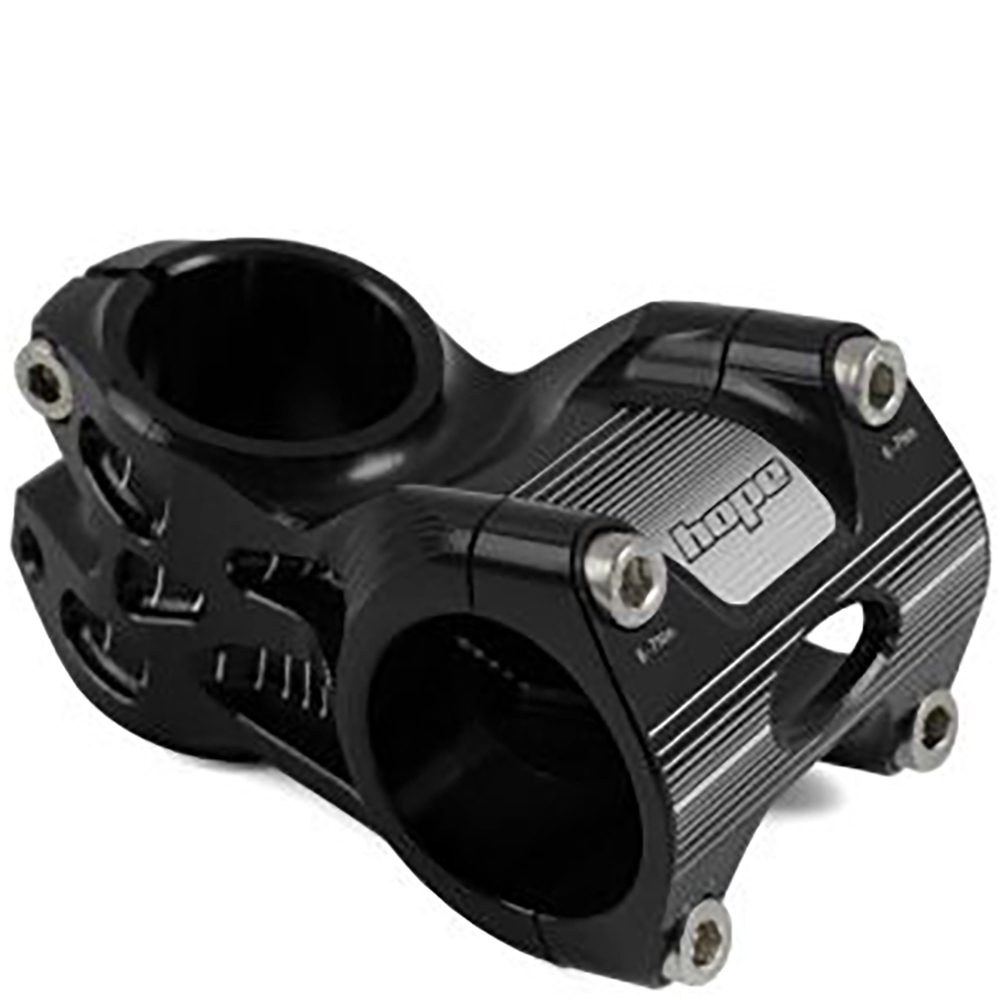
Best mountain bike stem for color range
Tough stem that comes in a massive range of styles and sizes as well as a trademark palette of anodized colors.
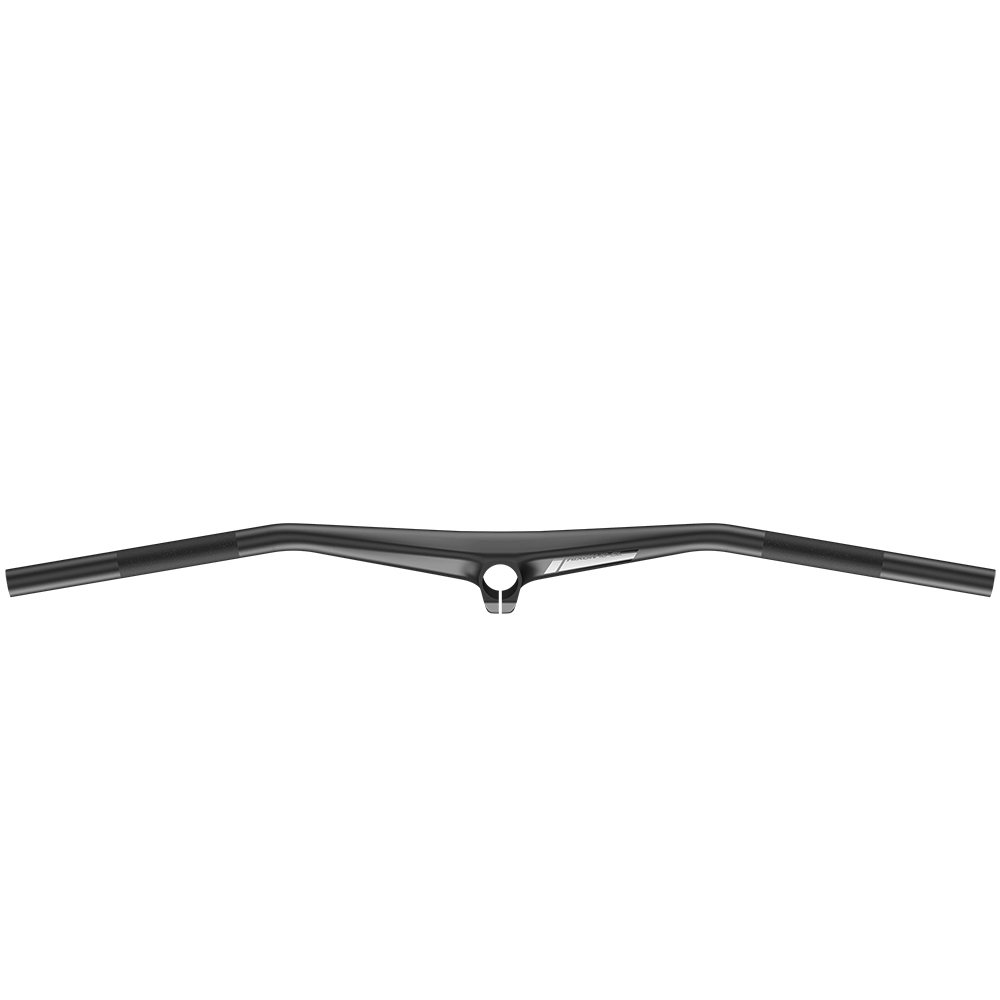
Best all-in-one mountain bike stem
Looks amazing in a sci-fi way and feels great on the trail but bar fit and accessory mounting are restrictive.

Best mountain bike stem for tool storing
A burly stem that offers a clever solution for those looking to take advantage of on-bike storage.
1. Best overall
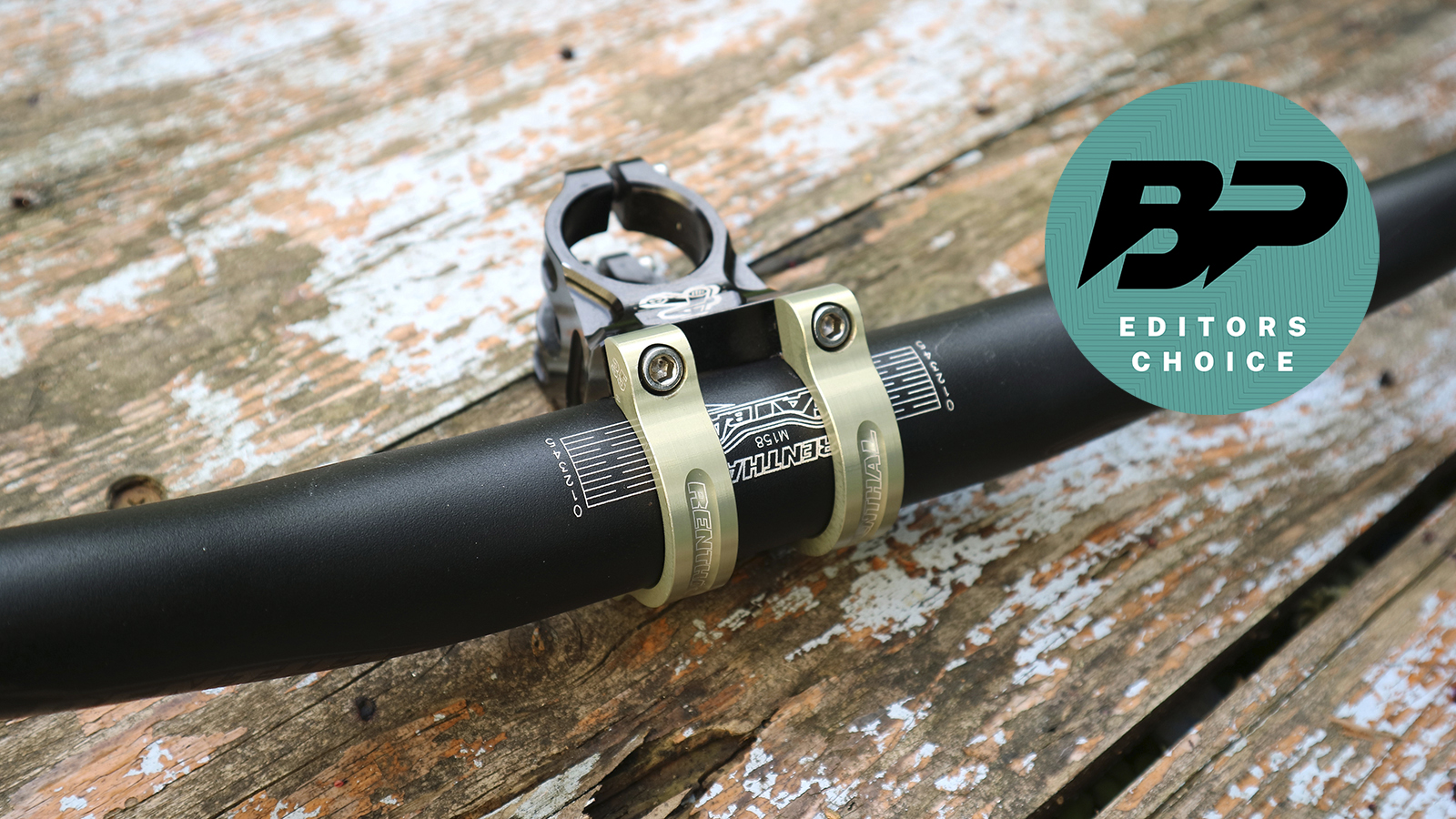
Specifications
Reasons to buy
Reasons to avoid
The Renthal Apex 35 is a superbly-designed, lightweight trail stem that uses a unique faceplate clamping system to maximize strength and stiffness.
CNC-machined from a heat-treated 2014-series aluminum and hard anodized, the Apex 35 features clamps with a 240-degree wrap, allowing Renthal to make the body of the stem a bigger diameter to increase stiffness while saving as much weight as possible. The twin clamps also use a zero-gap design, so they close fully at the bottom and then you snug up the top two bolts using a crisscross process. This simplifies the setup because you just bottom out the lower bolts to correct torque and then ensure even tightening of the top two. When a fastener is threaded all the way through the clamp it makes it stronger, there is less stress on the bolts, and you also reduce the risk of rounding a bolt head or clamping the faceplate unevenly.
The steering response with the Apex is very good and we found it feels solid on the bike. There’s a slight amount of torsional flex, especially when really wrenching on the bar, but on a stiff, carbon-framed e-MTB with carbon wheels, a little bit of flex is no bad thing as it improves ride feel.
It’s expensive and needs careful setup but the Apex 35 is top-quality, will easily see years of service, and is a great stem for trail, enduro, and even XC use.
For more info check out our Renthal Apex 35 review.
2. Best value
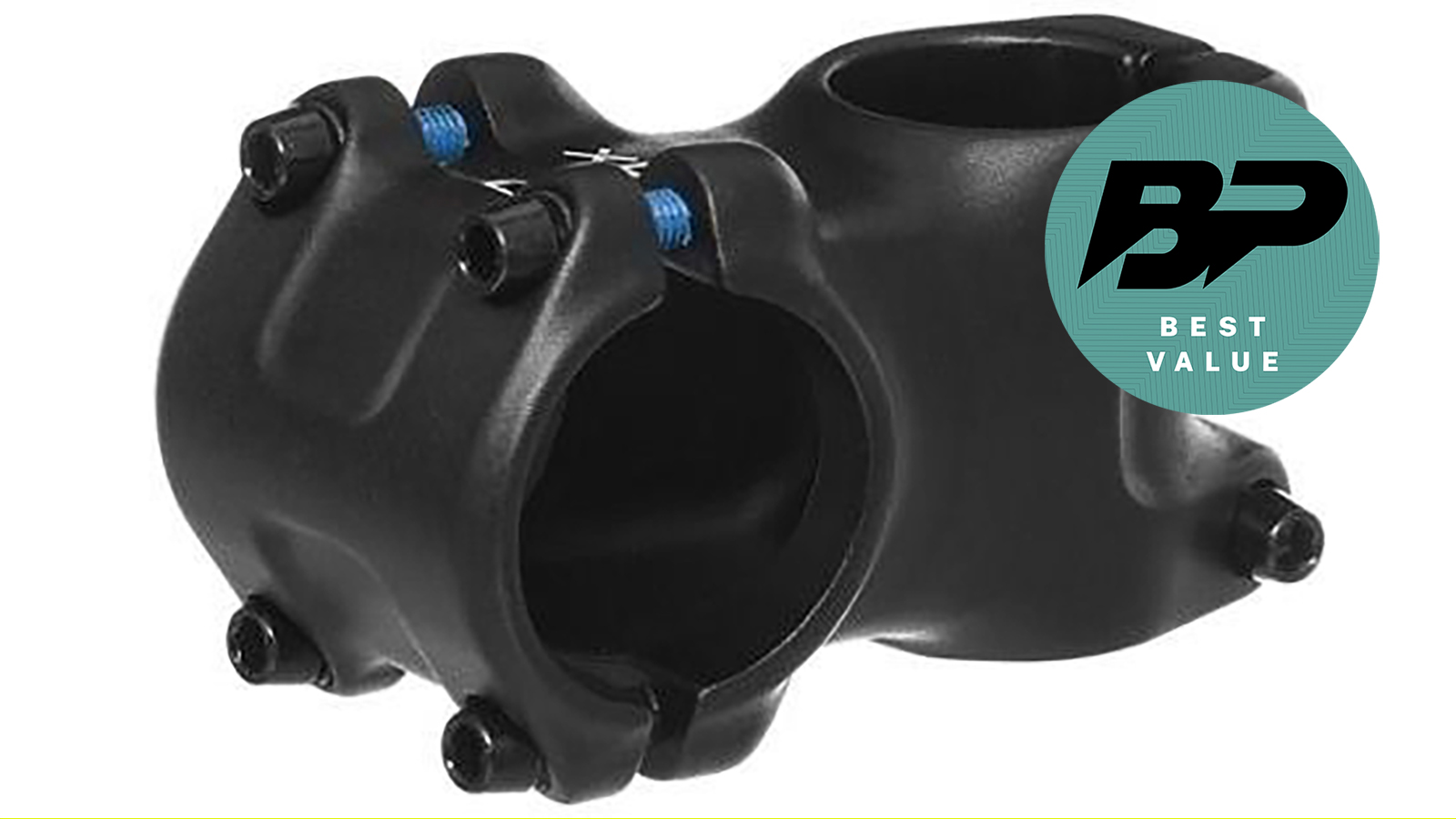
Brand-X Enduro
Specifications
Reasons to buy
Reasons to avoid
If you want a shorter stem and don’t have oversized 35mm handlebars, Chain Reaction’s house brand provides a super cheap upgrade option that outperforms a lot of far more expensive options. The forged finish is left raw but thinner sections between the clamp bolts on the steerer clamp and faceplate mean it’s still reasonably light. The squared shaft feels totally solid in use though and all the 4mm bolts are Loctite coated for security.
The MTB stem has a slightly narrower, cylindrical neck and open faceplate and that does result in some twist on longer lengths despite being heavier than the Enduro stem. At just £12.99 full price it’s still an absolute bargain if you want 60, 70, or 80mm lengths for a 31.8mm bar.
3. Best for reliability
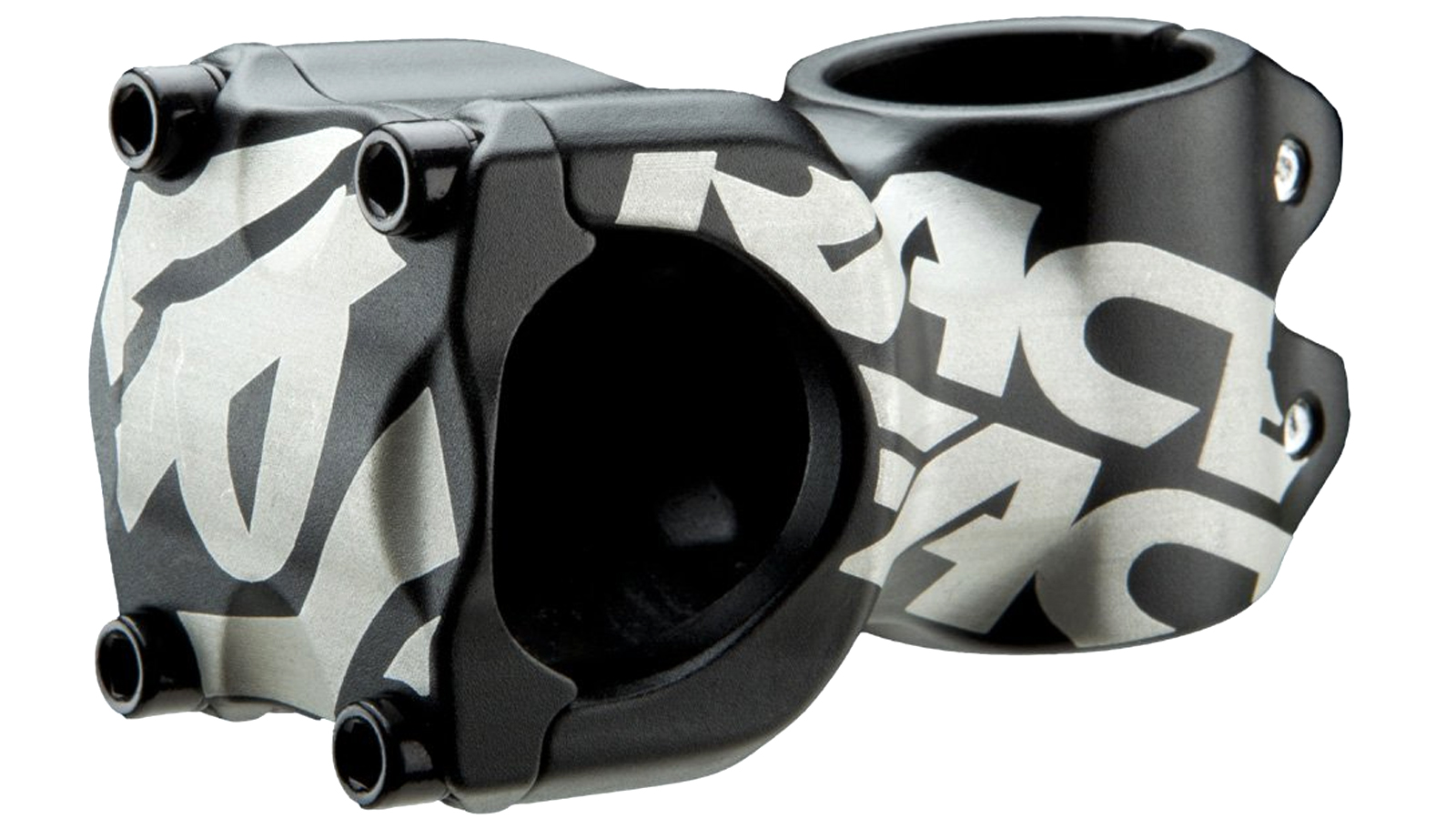
Race Face Chester
Specifications
Reasons to buy
Reasons to avoid
If you want a totally fit and forget stem for any sort of riding and don’t want to pay a fortune then Race Face’s Chester is a chunky winner. The fact it’s available in a full range of contemporary sizes separates it from similarly performing but older and cheaper designs too.
The forged 2014 series alloy body is shot-blasted to remove manufacturing stress and doesn’t get any machining to undermine strength. The handlebar clamp uses a unique overlapping U-shaped design to create a mechanical connection beyond just the bolt torque, and the Chester can take a ton of bar wrenching and ugly landings in its stride. It’s broad enough to keep on track when things get tasty, and while it’s not light it’s not a total brick either. The 31.8mm and 35mm versions (which are cheaper) come in two length options each which make the in-your-face graphics on the 31.8mm version the only potential obstacle in choosing a Chester for your bike.
4. Best for stiffness
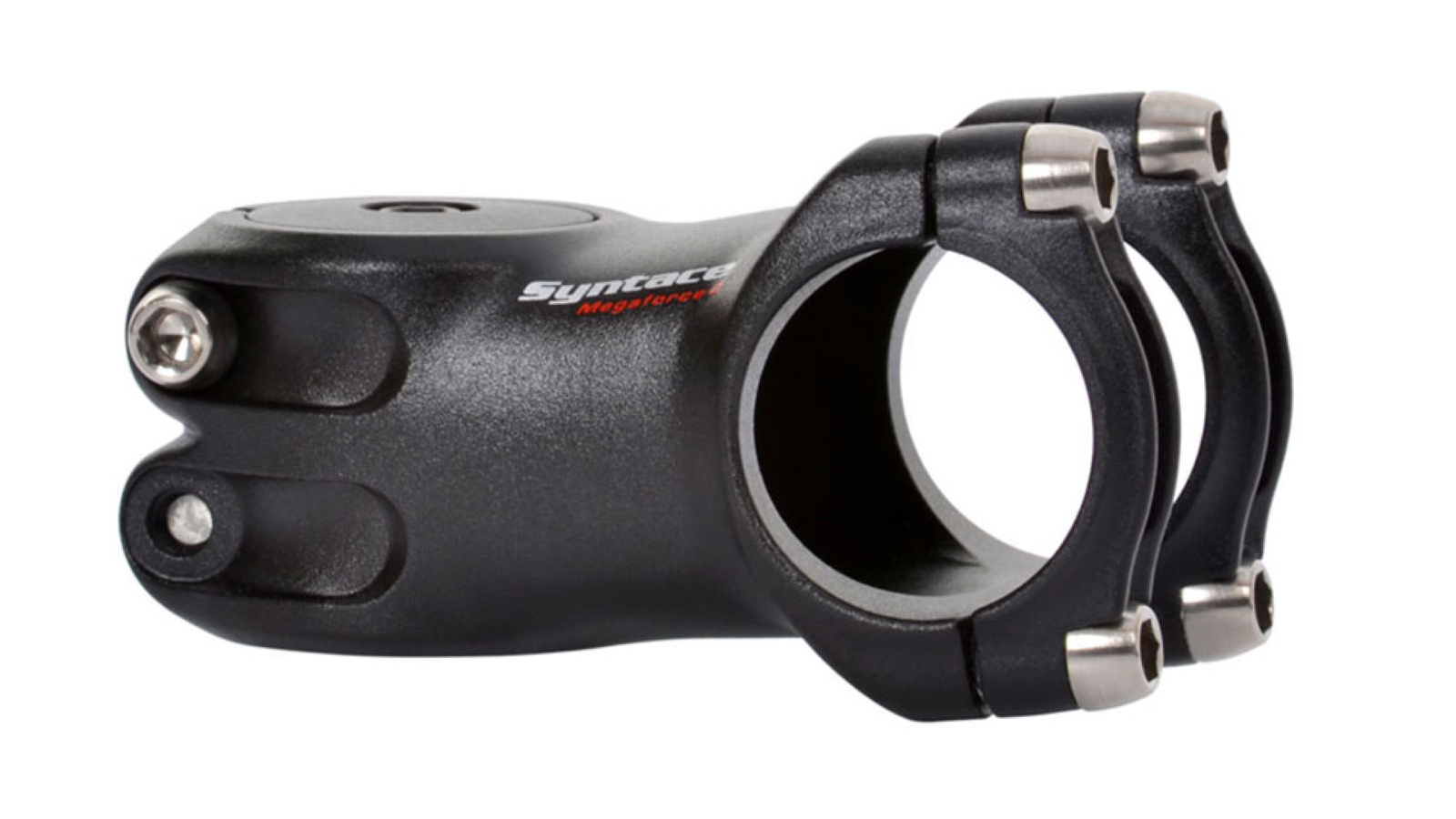
Syntace MegaForce 2
Specifications
Reasons to buy
Reasons to avoid
You might have to hunt around to find this German stem and dig deep into your pockets when you do but if you want the best high-performance stem around it’s worth the quest.
On the surface, it looks exactly like the sort of stem we generally shrink away from. Lots of post forging machining leaves very little metal left and combined with titanium bolts it’s right on the 100g borderline we normally reserve for XC only use. However, those big M6 bolts are designed to be cranked up tighter than normal and the remaining metal is formed into deep, stiffness-boosting ribs on the steerer clamp and separate bar clamp bands. That meant tentative testing soon turned into a full-on enduro onslaught as our trust in the MegaForce increased. The harder you ride the more you’ll realize this is an outstandingly stiff and precise stem that also noticeably quietens bar feel in a way that other lighter stems don’t. A full range of sizes is backed up with a 10-year guarantee, and the Syntace range also includes super light XC options, more affordable designs, and even a unique angle-and-reach-adjustable handlebar and stem combo. All come recommended depending on your riding needs.
5. Best super-short
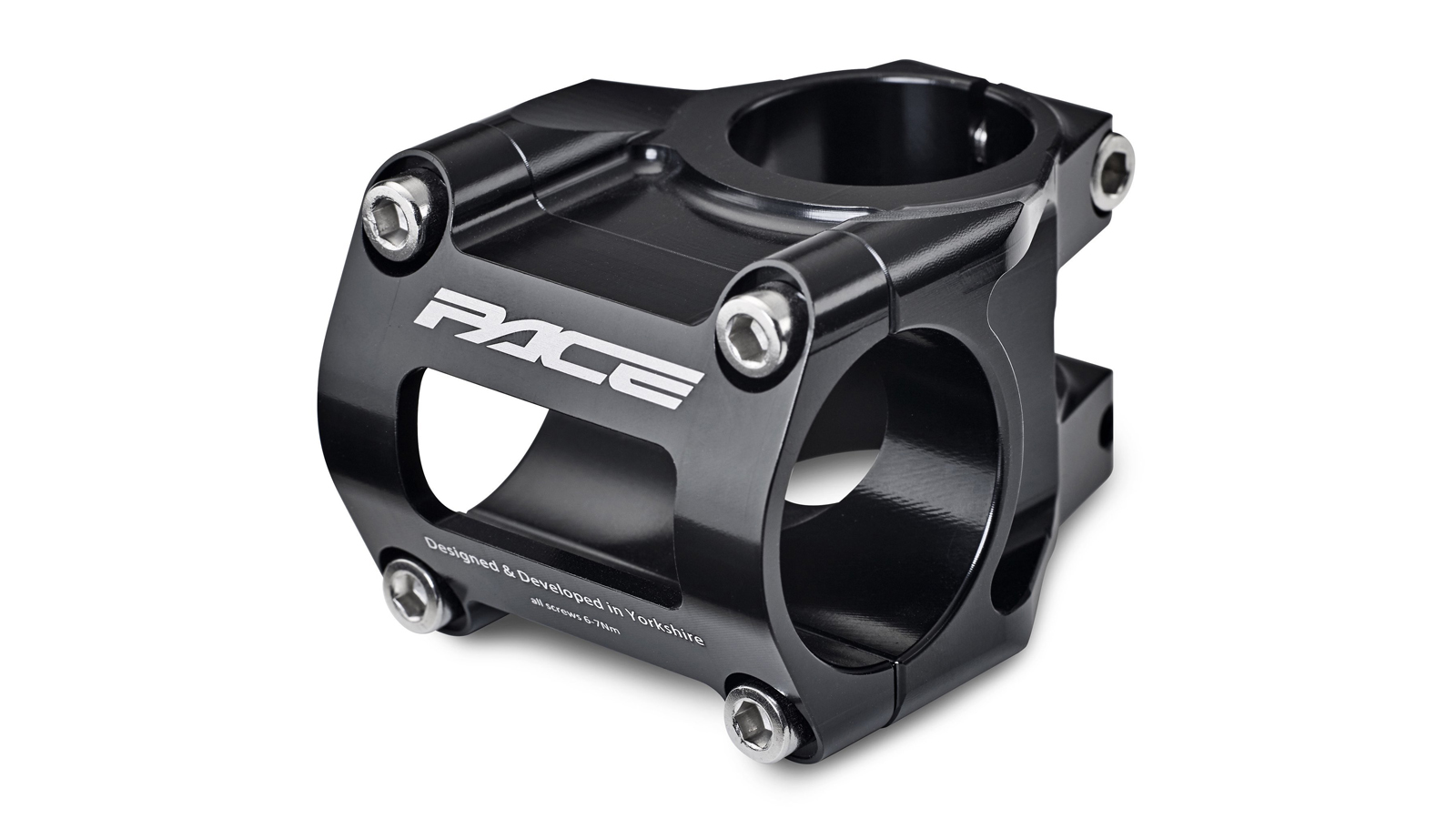
Pace RC46
Specifications
Reasons to buy
Reasons to avoid
Pace bucks the trend by producing a boxy-looking CNC stem that feels absolutely rock solid accurate and can take a proper battering on the trail. It only comes in one super-short length though.
The 32mm length is about as close as you can get a 35mm handlebar to a 31.8mm steerer tube without them physically touching or needing a custom bar like the Pacenti. The super-broad face clamp takes it well clear of most CNC-machined stems in terms of resisting bar torque too, so tire feedback and line accuracy get an immediate boost. Despite some aggressive-looking sharp edges we’ve been giving it a complete beasting for a while now without any ill effects. Extra performance does cost extra compared to generic competition though.
6. Best indestructible

Truvativ Hussefelt
Specifications
Reasons to buy
Reasons to avoid
If you absolutely never want your stem to move however hard you land/crash/turn and you’re still on skinnier handlebars, then Truvativ’s Hussefelt has been the burliest stem around for years. Allegedly named (slightly wrongly) after the legendary Icelandic Husafell lifting stone used to test Viking strongmen, this big knuckle of forged alloy is unashamedly thick-walled and brutish in design.
With only minimal weight reduction on the polished raised logo faceplate, it takes the scales over 200g. With opposed 5mm stem and bar clamp bolts locking it into place it gives a totally rock-solid, seismic-proof connection between your bars and your fork. You get black and white finishes but it only comes in 40 and 60mm lengths and neither the Hussefelt nor the slightly lighter but considerably more expensive Holzefeller stem come in 35mm bar versions.
7. Best super-short bar-stem combo
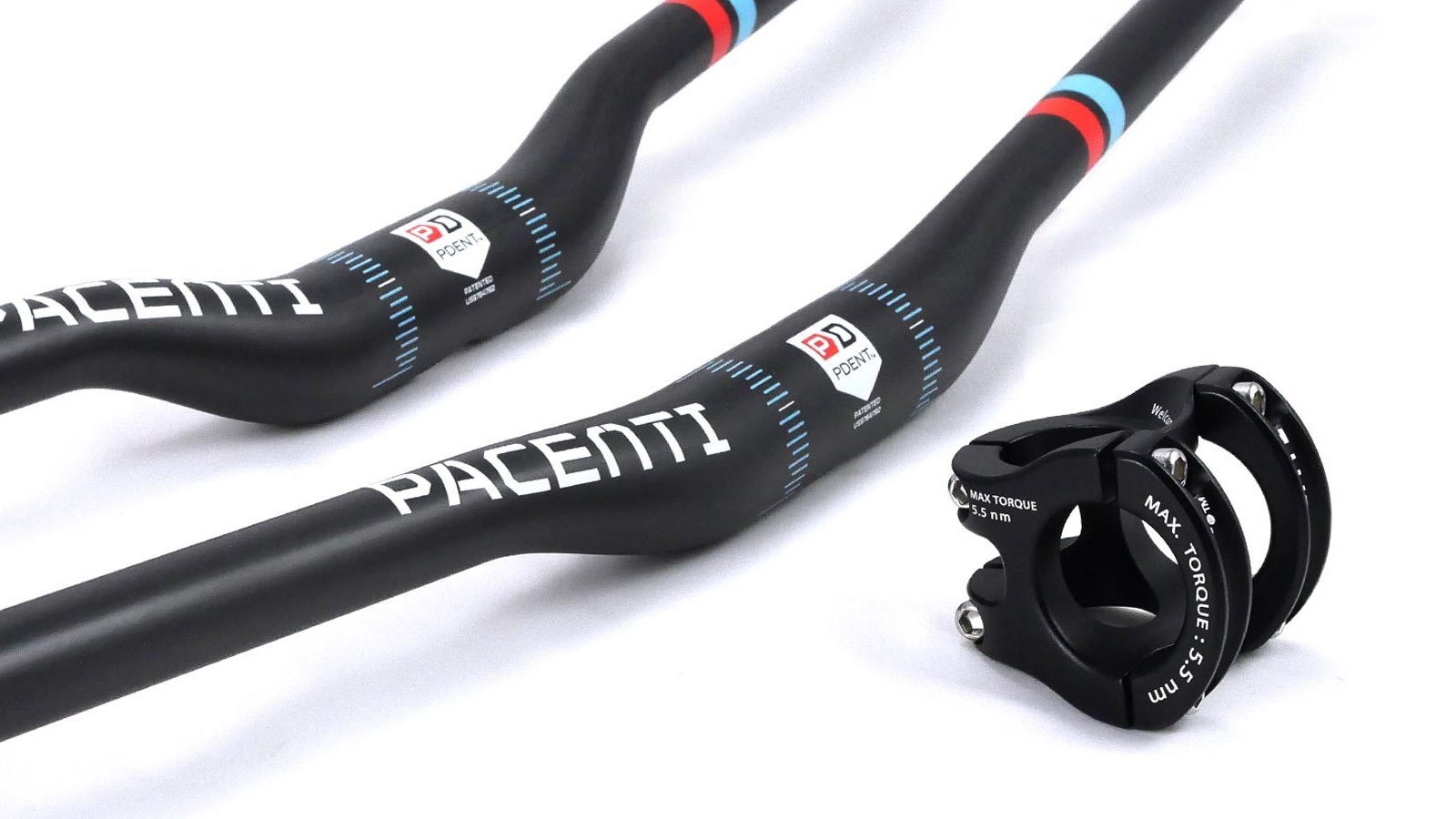
Pacenti P-Dent bar and stem
Specifications
Reasons to buy
Reasons to avoid
This unique bar and stem combo uses an incredibly simple idea to create our favorite defibrillator for bikes with dead handling.
The P-Dent name refers to the fact the handlebar has a large convex section (or dent) in the back of the center clamping section so it can actually partially wrap around the fork steerer. The bar and steerer clamping sections of the stem also intersect to create an effective length of just over 20mm. That gives an ultra-light, instantly reactive steering feel that’s incredible for accurate line and traction tweaking.
That’s why our two Pacenti sets are in constant use brightening up the handling of the dullest bikes or taking already awesome bikes to another level. Obviously, you need a long reach for the super-short stem not to feel cramped on your bike, but if you like properly direct reactions, this is the way to go. Pricing and weights are competitive for a lightweight stem and great-feeling 800mm wide, 35mm diameter carbon bar which comes in 15 or 25mm rises. While first-generation stems had a habit of cracking, the newer design has given us no problems.
8. Best lightweight
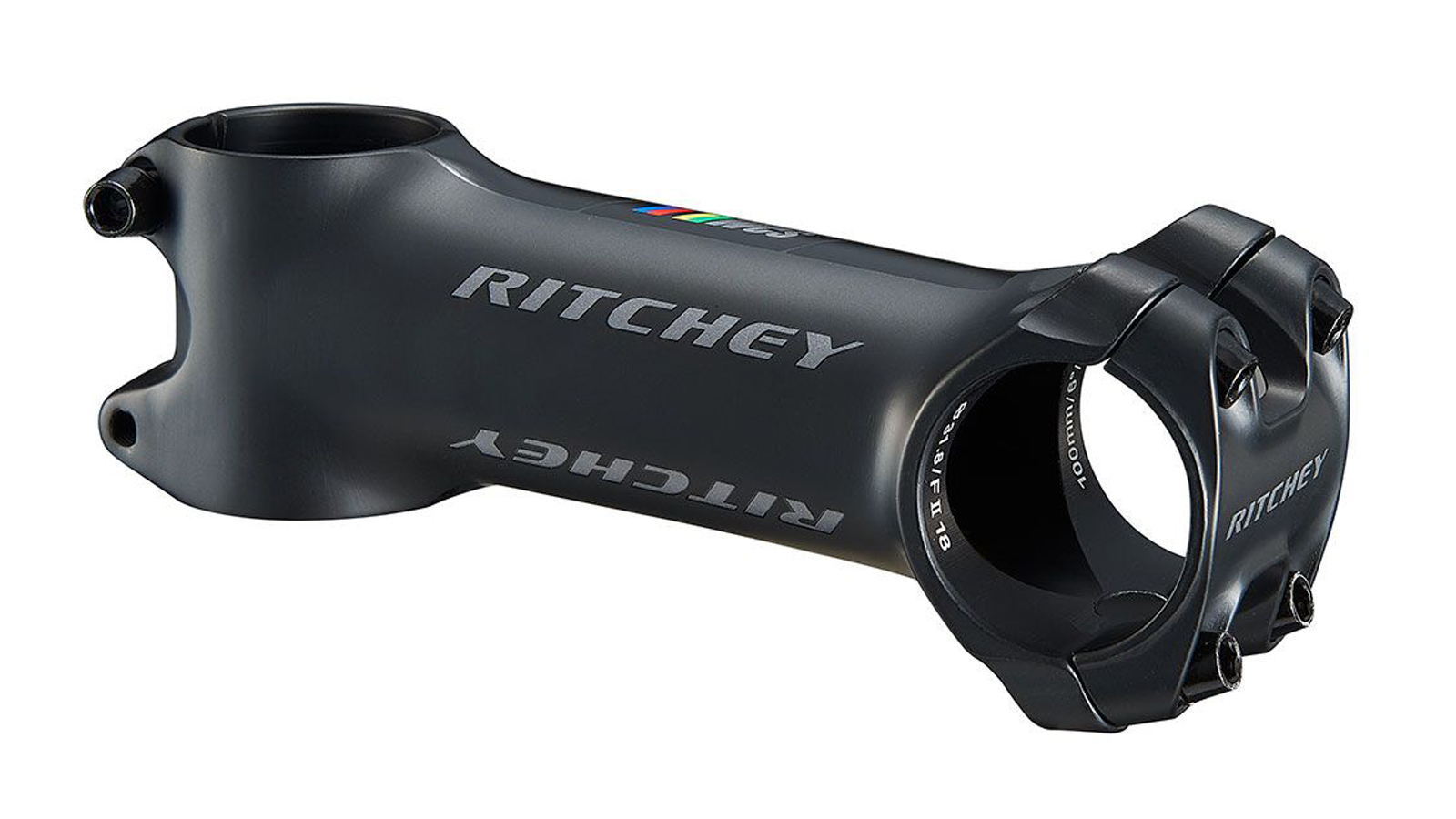
Ritchey WCS C220
Specifications
Reasons to buy
Reasons to avoid
If you’re trying to shave weight off your bike without obviously compromising control then Ritchey’s WCS stems have always been a top option. The latest versions come in a very complete range of sizes from 35mm upwards and in 31.8 and 35mm ($90) handlebar options.
The cleanly forged construction gets a little bit of machined cleaning and polishing and the steerer clamp is cut away slightly too. The 220 degree bar clamp is unique in that it actually lightly clips most bars in place as you tighten the thin H front plate making setup easy. Although you can provoke some movement if you really wrench on wide bars the broad clamp means it’s solid enough for most riders and it’s definitely one of the few obviously light stems we’d be happy with full gas.
9. Best innovative design
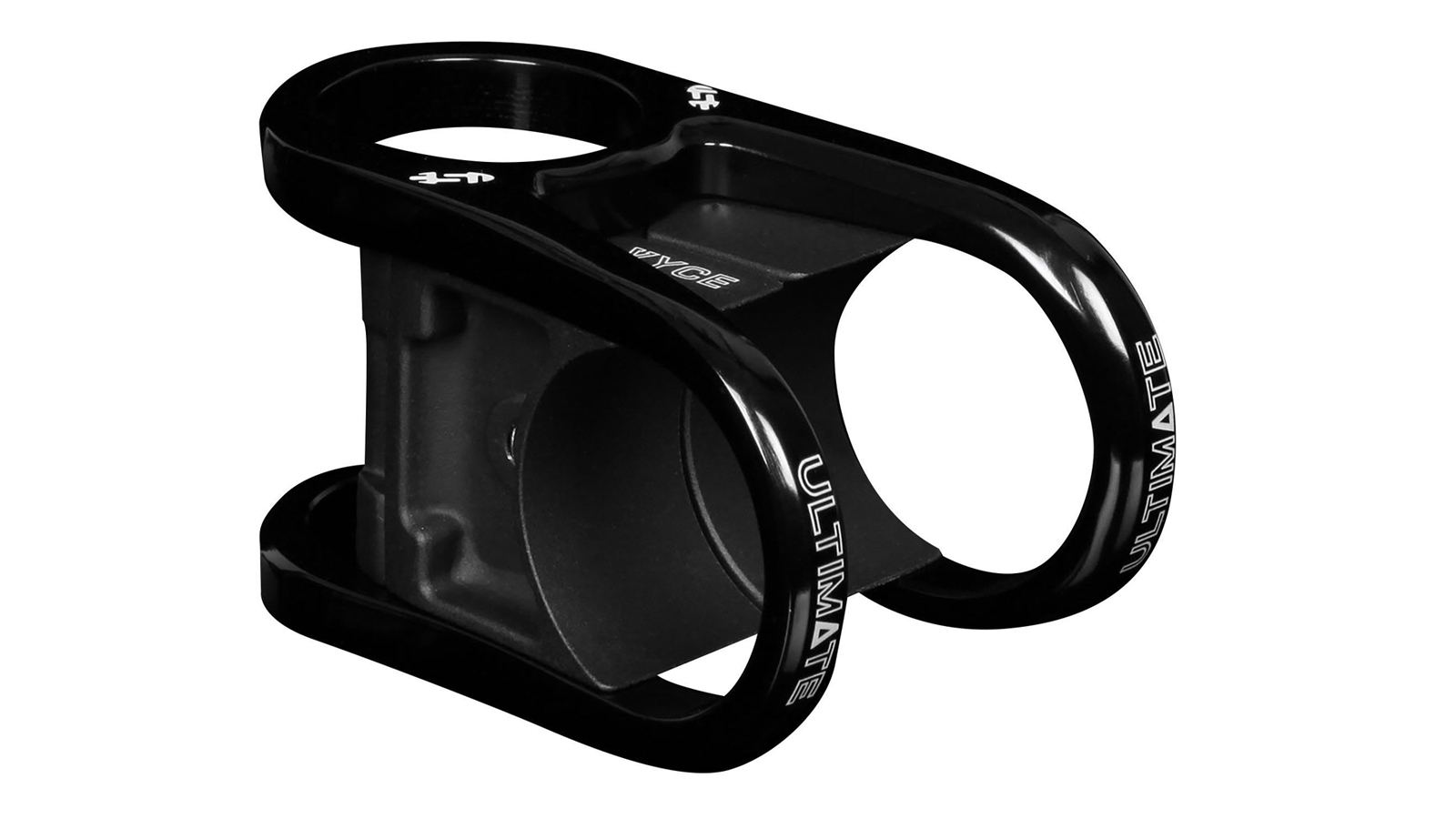
USE Ultimate Vyce
Specifications
Reasons to buy
Reasons to avoid
While a basic cold-forged stem with a bar clamp at one end and a handlebar clamp at the other is all anyone needs, some people like to be different. If that’s you, then USE’s ingenious jigsaw puzzle stem is a light and trail-worthy way to bolt your bars on.
The single metal part of the stem is effectively a strap that loops around the bars and then the fork steerer which is pretty neat. Getting the expanding plastic wedge block assembly between the steerer and the bars is more of a fight though, so prepare to be patient and remove children's ears and delicate objects from the immediate area before attempting assembly. Make sure you get the angle right as you crank up the two opposing bolts to lock everything into place too, as once it’s set tight, it’s a pain to loosen and adjust subtly.
The updated twin bolt design is impressively stiff for its minimal weight and the clean, rounded rear lines make it very knee-friendly compared to back-bolted designs. Considering all the cunning R&D involved, it’s a decent price too.
10. Best color range
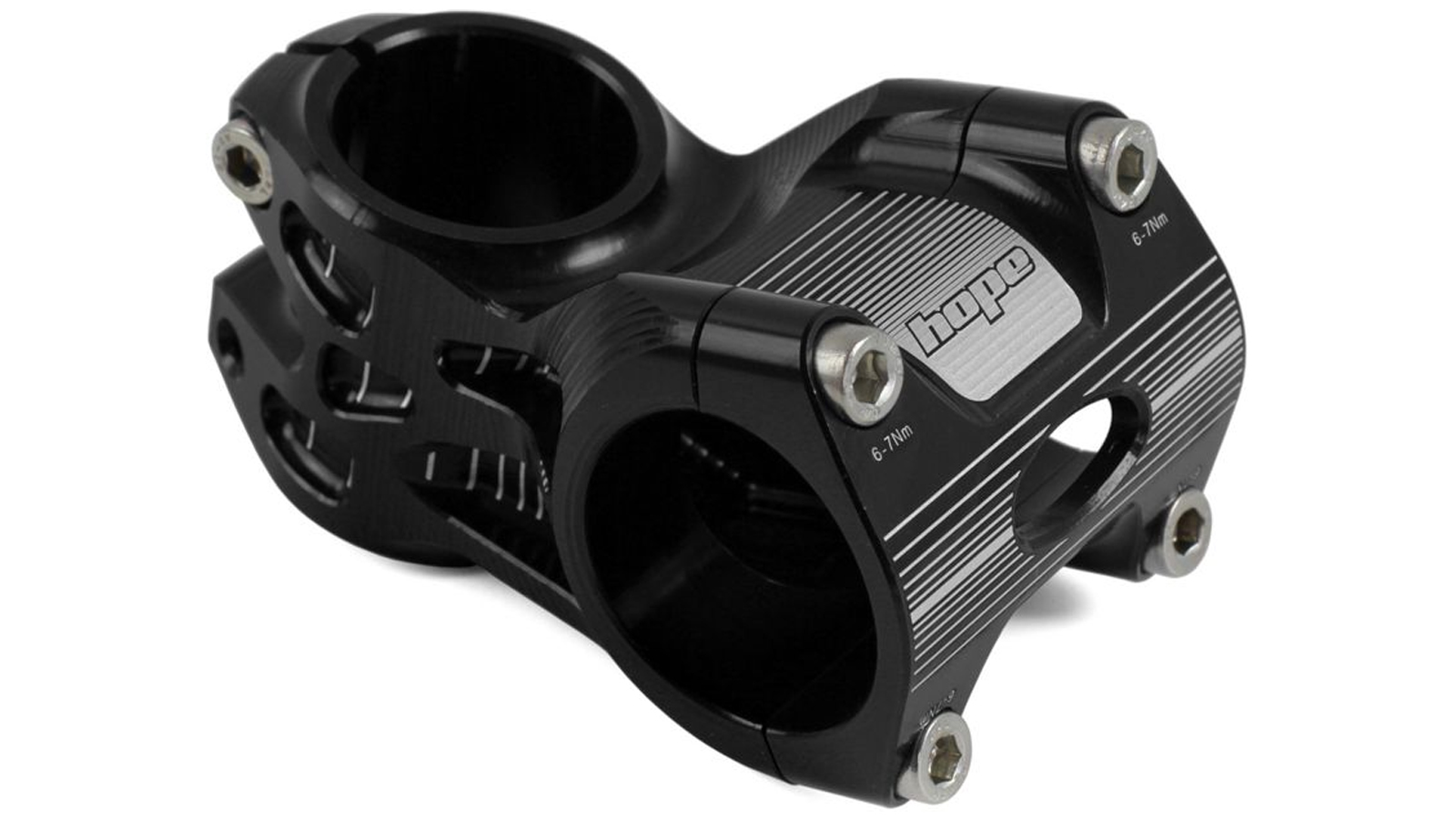
Hope AM/Freeride
Specifications
Reasons to buy
Reasons to avoid
Immaculate Lancashire machining makes Hope’s stems expensive compared to Far Eastern fabricated competition but they come in a massive range of styles and sizes as well as a trademark palette of anodized colors.
Keen but not excessive machining from cold-forged alloy ingots puts the Hope stem comfortably mid-pack in terms of weight and stiffness. Stainless steel bolts reduce worries about stripping when tightening though and they’re reassuringly tough even when worked hard in a gravity situation. There is a specific DH stem design too, plus direct-mount and even single piece stem and top clamp for Boxxer, Fox 40 and Marzocchi 888 forks. Hope’s factory direct or ‘van at events’ support is legendarily beyond the call of duty in the UK too, so you know they’ve got your back.
The remaining machining ripples are a real attraction to some people, but it’s the ability to color match their stems to other Hope components that’s the real driver for most people to dig deep into their pockets to get one.
11. Best one-piece bar and stem
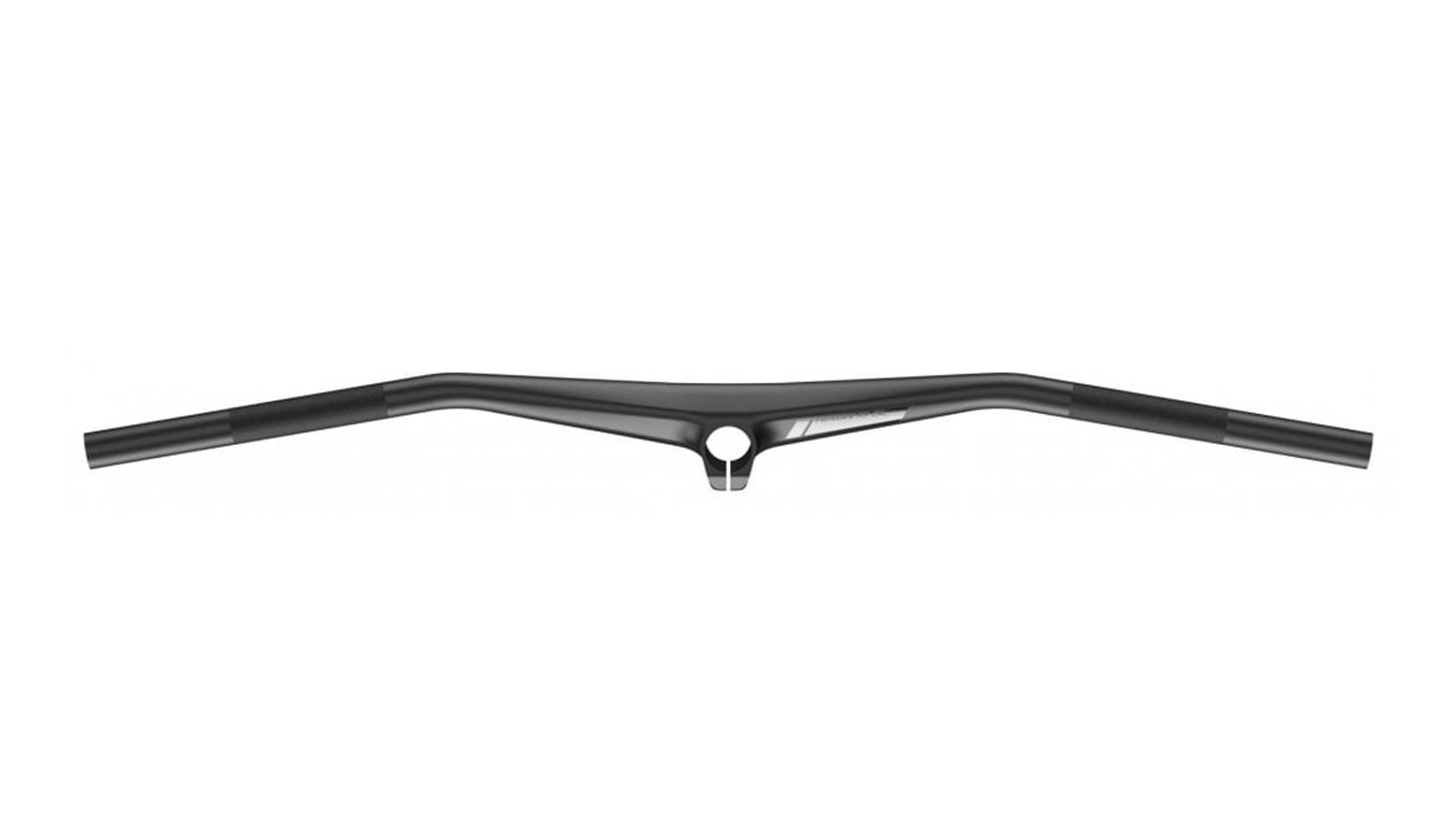
Syncros Hixon iC SL bar and stem
Specifications
Reasons to buy
Reasons to avoid
Syncros’s Hixon all-in-one carbon bar and stem looks amazing in a sci-fi way and feels great on the trail but bar fit and accessory mounting are very restrictive and conventional bar and stem combos are lighter and cheaper.
The Hixon, and the lighter, narrower bar Frazer XC combo, add an instantly futuristic look to your front end. They’re available to mimic fashionably short stem reaches and the latest versions extend span from 760 to 780mm. If the angle of sweep and rotation works for you the actual bar feel is really nicely balanced between accuracy and buzz damping control.
You obviously can’t adjust that rotation angle though and the way the handlebars push forward and then swing back makes the tip sweep pronounced compared to most conventional bars. Attaching lights and other gear to the bars is potentially very awkward too. Perhaps the biggest surprise is that, at just under 300g, they’re not even much lighter than a conventional bar and stem combo that adds up cheaper in cost too.
12. Best for tool storage
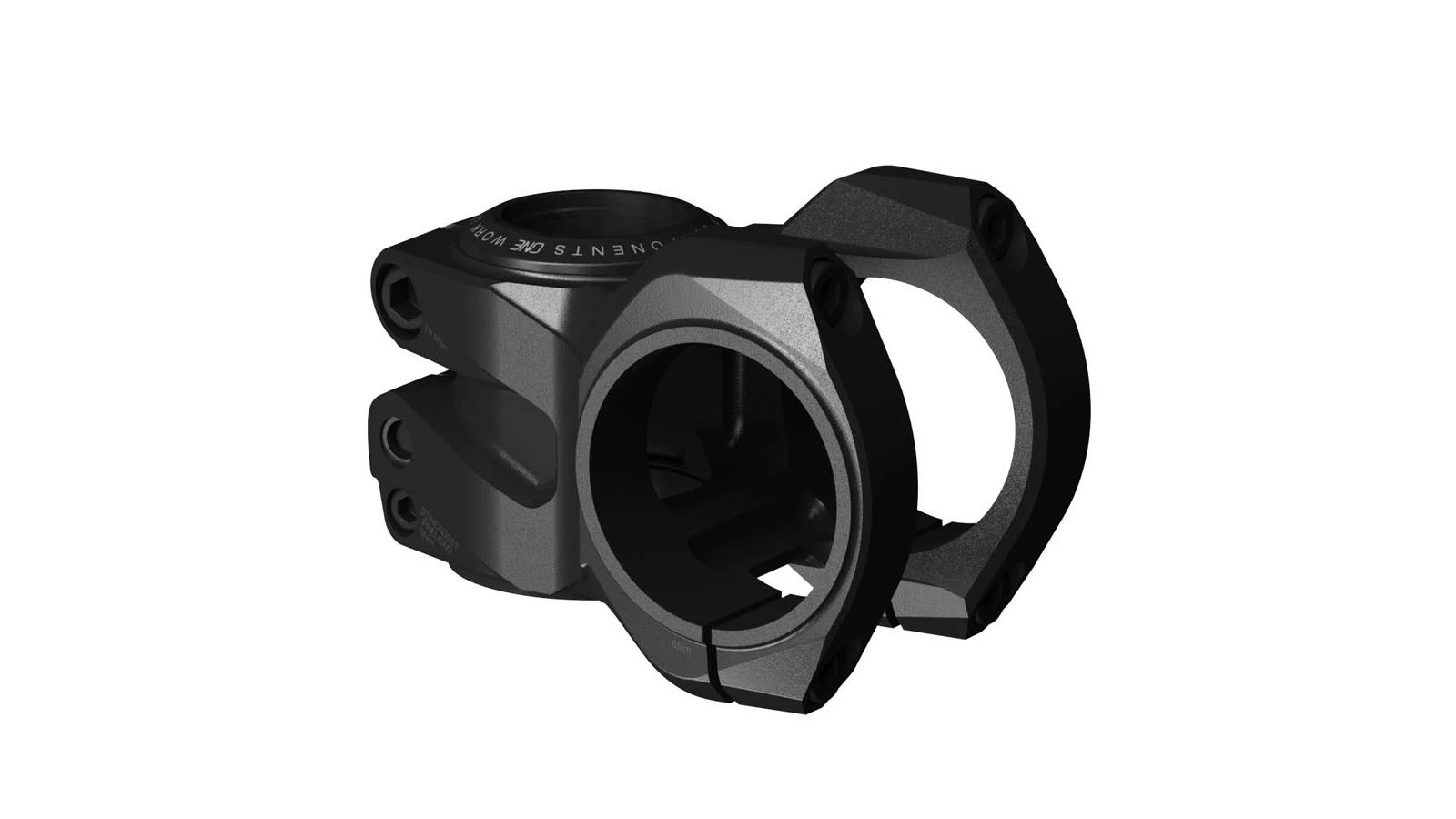
OneUp EDC stem
Specifications
Reasons to buy
Reasons to avoid
OneUp's EDC (Every Day Carry) opened up a whole new area of on-bike real estate for storing multi-tools and spares. The trouble was you had to cut threads into your steerer tube, which is an intimidating prospect even for an experienced mechanic. If you're keen to take advantage of the unused space inside your steerer tube but don't want to risk damage, the EDC stem allows you to store tools worry-free.
Using a clever preload system you can adjust your headset preload without the need for a top cap or star nut. It may seem like a catastrophe waiting to happen, but if the EDC stem is burly enough for Rémy Métailler, it's burly enough for any of us. The Squamish-based BC outfit is only currently offering the EDC stem for 35mm bars and in 30 or 50mm lengths.
How to choose the best mountain bike stems
How much should I spend?
The great news is that stems don’t have to cost a fortune. In fact, we’ll go further than that; if you told us we had to have a $30 stem or a $105 one we’d nearly always go for the cheaper options. That’s because most stems start life as very similar forged alloy lumps. From here the cheapest stems are just drilled and threaded for the relevant bolts and maybe anodized or painted before dropping into the shops. Most expensive stems start the same way, but then they’re expensively, extensively sculpted, shaved and carved into pointier, prettier and slightly lighter shapes. Every time you cut into that basic block or turn a rounded organic shape into something sharp though, you’re increasing the chance of it cracking, snapping, creaking, or at best, twisting a lot more for a given bar load. Some stems are even machined from solid billet with no grain alignment and it’s no accident you won’t find any of them in our recommended list here.
Which stem design is best?
Whether you’re looking at a cheaper forged stem or something that’s been whittled, the same basic rules of leverage apply. The broader the clamp – either onto the fork steerer or the handlebars – the stiffer the connection will be for a given weight/wall thickness. You’ll also find some very fancy/funky designs from people like USE which actually work fine once you’ve fought the bits together in the right order. If there was ever a case for keeping things simple though we’ll take a fat, simply-forged stem with big 5mm bolts, over a brittle metal basket with tiny Ti bolts every time, whoever is endorsing it.
Interestingly while carbon stems are a thing in the road world, very few have dared creep onto the dirt and even then they’ve stayed firmly on the lightweight mountain bikes.
What are specialist stems?
The most obvious category of specialist stems is the direct mount versions that bolt directly onto the top crown of a double crown DH fork. There are some other outliers though, like Syntace’s cunning and reliable angle-adjustable stems. Others include optional mounts for cameras/lights in the front plate. The OneUp Components stem even works as the anchor block for preloading the steering bearings, leaving the inside of the fork steerer clear to mount their hidden tool system inside.
How much should a stem weigh?
You can get stems under 100g and they might survive for months if you’re a very light and careful rider. However, given that even the heaviest stems here are only a smidge over 200g and that most short stems are under 150g, whatever the price/design we really wouldn’t worry about weight. Especially if going too light compromises safety.
How long are stems?
We’ve covered stems that are available in lengths from 25mm up to 100mm. We concentrated mostly on shorter reach units as that’s the most common upgrade switch for more responsive, lighter feeling steering. We’ve covered both 31.8mm and 35mm handlebar diameter stems too.
Are shorter MTB stems better?
Mountain bikes used to have fairly short reach measurements (the distance between the middle of the stem cap and an imaginary vertical line taken from the center of the bottom bracket) and long stems. But as reaches have got longer to improve bike stability, stems have got shorter to improve handling – alongside longer bars.
Most stems tend to come between 30 and 50mm these days. Shorter stems aren't technically "better", they will give your bike sharper and faster reacting handling.
How we test
We subject the stems we test to as much abuse on the trail as humanly possible in all manner of conditions. We also test bars and stems for stiffness and durability back in our workshops to see if they measure up to the manufacturer's claims.

Guy Kesteven has been working on Bike Perfect since its launch in 2019. He started writing and testing for bike mags in 1996. Since then he’s written several million words about several thousand test bikes and a ridiculous amount of riding gear. He’s also penned a handful of bike-related books and he reviews MTBs over on YouTube.
Current rides: Cervelo ZFS-5, Specialized Chisel, custom Nicolai enduro tandem, Landescape/Swallow custom gravel tandem
Height: 180cm
Weight: 69kg
- Paul BurwellFreelance writer
